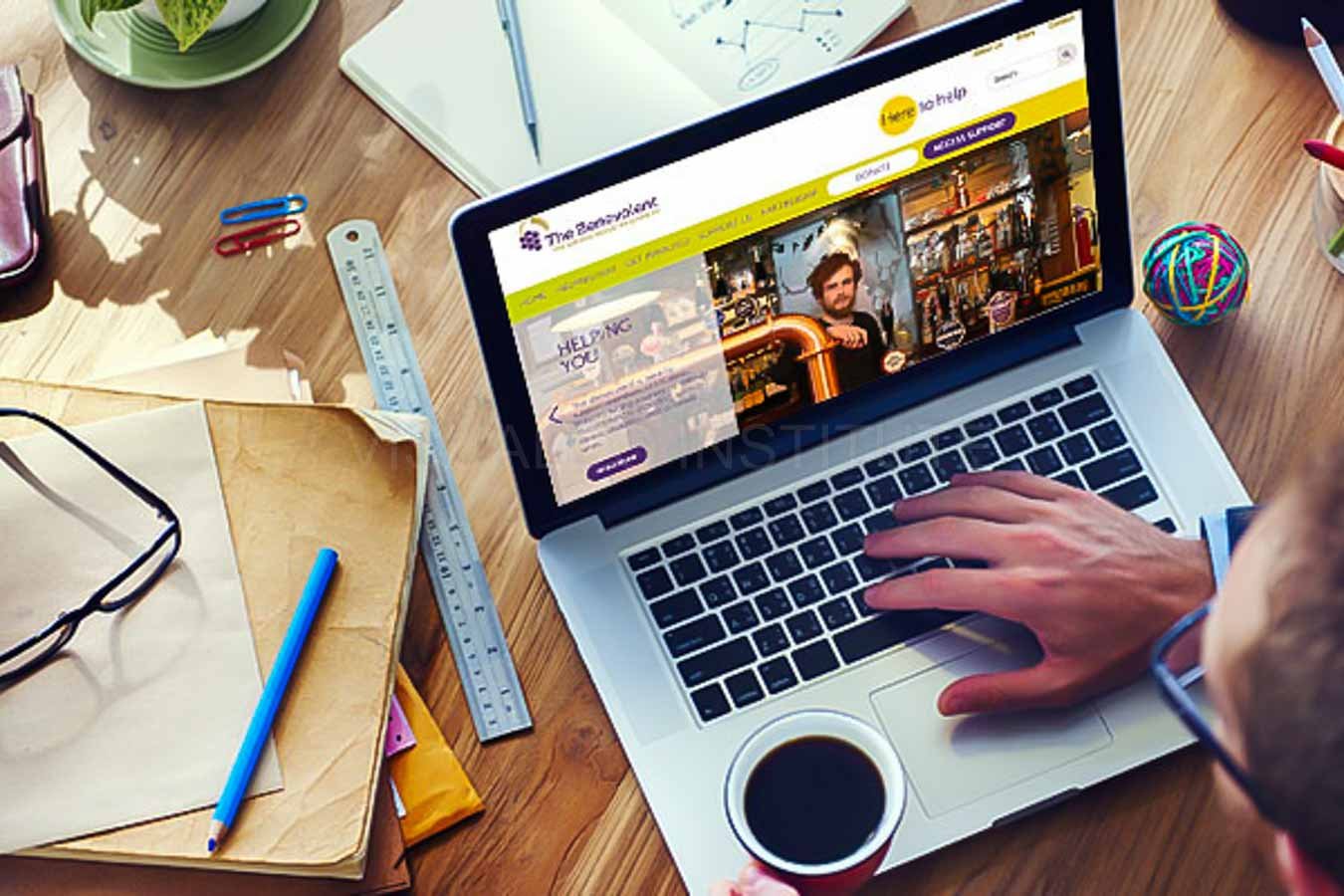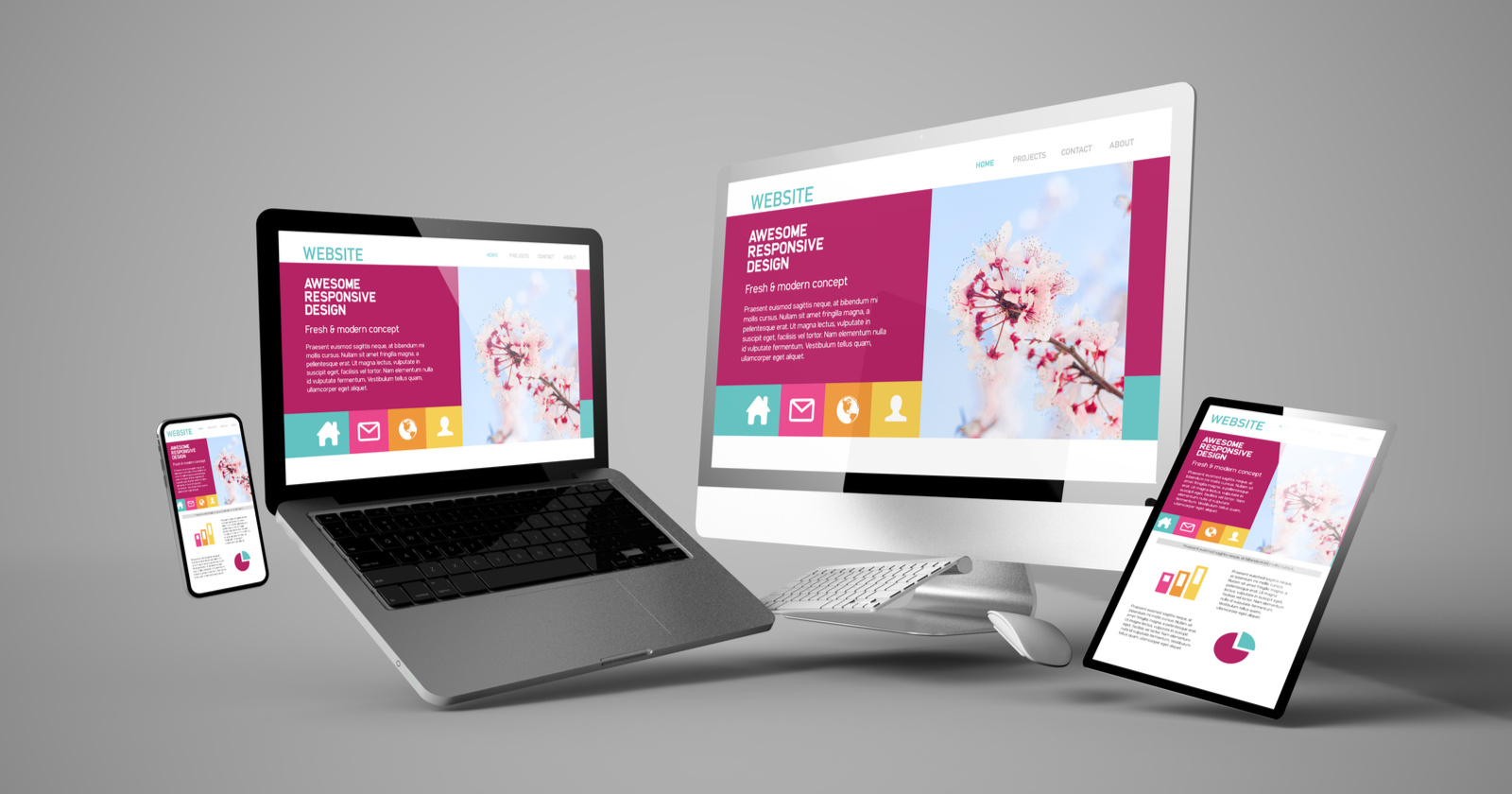Aligned Position Web Design: Boost Your Brand’s Visibility with a Stunning Website
Aligned Position Web Design: Boost Your Brand’s Visibility with a Stunning Website
Blog Article
The Finest Sorts Of Website Design to Improve Customer Experience and Interaction
In the ever-evolving landscape of digital interaction, the effectiveness of website design considerably influences individual experience and involvement. Various style approaches, such as minimal, responsive, and interactive designs, each deal distinct benefits that can satisfy diverse individual needs. Comprehending which kinds of Web design finest offer these objectives can be critical for organizations aiming to improve consumer satisfaction and retention. Nonetheless, the question remains: which style components truly resonate with individuals and foster purposeful engagement? The expedition of these concepts reveals important understandings that might redefine your method to Web style.
Minimal Website Design
As digital landscapes become increasingly cluttered, minimalist website design has actually arised as a powerful method to improving user experience. This design philosophy prioritizes simpleness, concentrating on crucial components while removing unneeded diversions. By using sufficient white space, straightforward navigation, and a limited color scheme, minimal design cultivates clarity and directs customer interest to essential content.
The core concept of minimalist website design is to produce a seamless communication for individuals. By decreasing cognitive load, customers can quickly grasp details without feeling overwhelmed. This straight approach not just enhances usability yet likewise urges interaction, as visitors are extra likely to discover a site that is easy and visually enticing to navigate.
Furthermore, minimalist layout frequently stresses typography and imagery, making use of these elements purposefully to communicate messages effectively. In significance, minimal Web style is not just a pattern; it is a thoughtful method that identifies the importance of user-centered design.
Responsive Website Design
In today's varied electronic setting, receptive Web layout has actually become necessary for developing a smooth customer experience throughout a multitude of devices. As users gain access to sites on mobile phones, laptops, tablets, and desktops, the capacity of a website to adapt its layout and material to different display sizes and resolutions is essential.
Responsive Web layout uses flexible grids, images, and CSS media inquiries to make certain that Web material exists efficiently, regardless of the device utilized. This method not only boosts the aesthetic charm of a site but additionally significantly boosts use. Individuals are more probable to involve with a site that offers a regular experience, as it gets rid of the disappointment of having to focus or scroll exceedingly.
Furthermore, search engines, consisting of Google, prioritize mobile-friendly websites in search positions. By embracing responsive style, companies can boost their exposure and reach a wider audience. This strategy likewise simplifies web site maintenance, as a solitary variation of the site can deal with all gadgets, reducing the requirement for multiple versions. In recap, responsive Web design is an essential practice that improves customer experience, engagement, and total complete satisfaction.
Interactive Web Layout
Receptive website design lays the foundation for enhancing individual experience, yet interactive Web design takes this a step additionally by involving users in a much more dynamic means - Aligned Position Web Design. By including elements such as computer animations, clickable prototypes, and real-time feedback, interactive website design captivates users, drawing them right into a richer surfing experience
This method not only promotes involvement yet additionally encourages users to explore content actively as opposed to passively consuming it. Methods such as gamification, where individuals gain incentives for finishing jobs, can significantly improve the time spent on a website and boost total complete satisfaction. Moreover, interactive functions can simplify complex info, making it much more digestible and satisfying.

Integrating interactive design aspects can also cause higher conversion prices, as users are most likely to engage with a website that actively includes them. Aligned Position Web Design. Ultimately, interactive website design transforms customer experiences right into remarkable journeys, making sure that site visitors return time after time
Flat Style
Defined by its minimalistic approach, flat style highlights simplicity and performance, removing unnecessary aspects and focusing on crucial attributes. This layout philosophy prioritizes use, guaranteeing that users can navigate interfaces with ease and efficiency. By employing a tidy visual, level style gets rid of the clutter typically discovered in much more ornate styles, therefore boosting customer emphasis on material and functionality.
The hallmark of flat layout depends on its use bold colors, straightforward typography, and geometric forms. These aspects add to a visually enticing user interface that is both friendly and contemporary. Furthermore, level layout promotes a sense of quality, enabling users to recognize crucial activities and information without distraction.
Moreover, level design is especially reliable in responsive Web style, as its simpleness translates well across different tools and screen sizes. By concentrating on essential features, flat style not just meets user requirements yet also encourages seamless interaction, making it a crucial part of effective Web design methods.
Flexible Web Layout
Flexible Web design personalizes the user experience by creating several taken care of formats customized to various display dimensions and tools. Unlike receptive layout, which fluidly readjusts a solitary format, flexible layout employs distinct layouts for specific breakpoints, guaranteeing ideal presentation on various platforms. This method enables designers to focus on the distinct qualities of each gadget, enhancing usability by delivering precisely what users Source require based upon their context.
Among the main advantages of adaptive Web layout is its capacity to enhance tons times and performance. By serving customized web content and pictures that fit the individual's device, websites can minimize information usage and improve loading rates. This is specifically helpful for customers with slower links or minimal information plans.

Additionally, flexible design assists in a more controlled browse around this site and regular branding experience. Since developers create several formats, they can guarantee that the aesthetic components align with the brand name's identification throughout different platforms - Aligned Position Web Design. This leads to a natural user experience, improving interaction and advertising user retention
Conclusion
In final thought, the assimilation of minimalist, responsive, and interactive Web style concepts dramatically enhances user experience and interaction. Minimal layout fosters clarity and focus, while responsive style makes sure flexibility throughout numerous devices, promoting ease of access. Interactive style astounds users through dynamic elements, encouraging exploration and personalization. Collectively, these design comes close to add to the creation of user-friendly environments that not just boost satisfaction but also drive greater conversion prices, emphasizing their essential relevance in modern website design techniques.

Minimalist style cultivates quality and emphasis, while receptive layout ensures adaptability across various devices, promoting ease of access. Collectively, these style approaches contribute to the development of easy to use atmospheres that not only improve complete satisfaction yet additionally drive greater conversion prices, highlighting their important relevance in modern Web style find out techniques.
Report this page